- 한국어
- English
- 日本語
- 中文
- العربية
- Español
- Français
- Deutsch
- Pусский
- Tiếng Việt
- Indonesian
By Honorary Reporter Paola Corpus from Mexico
Photos= Paola Corpus
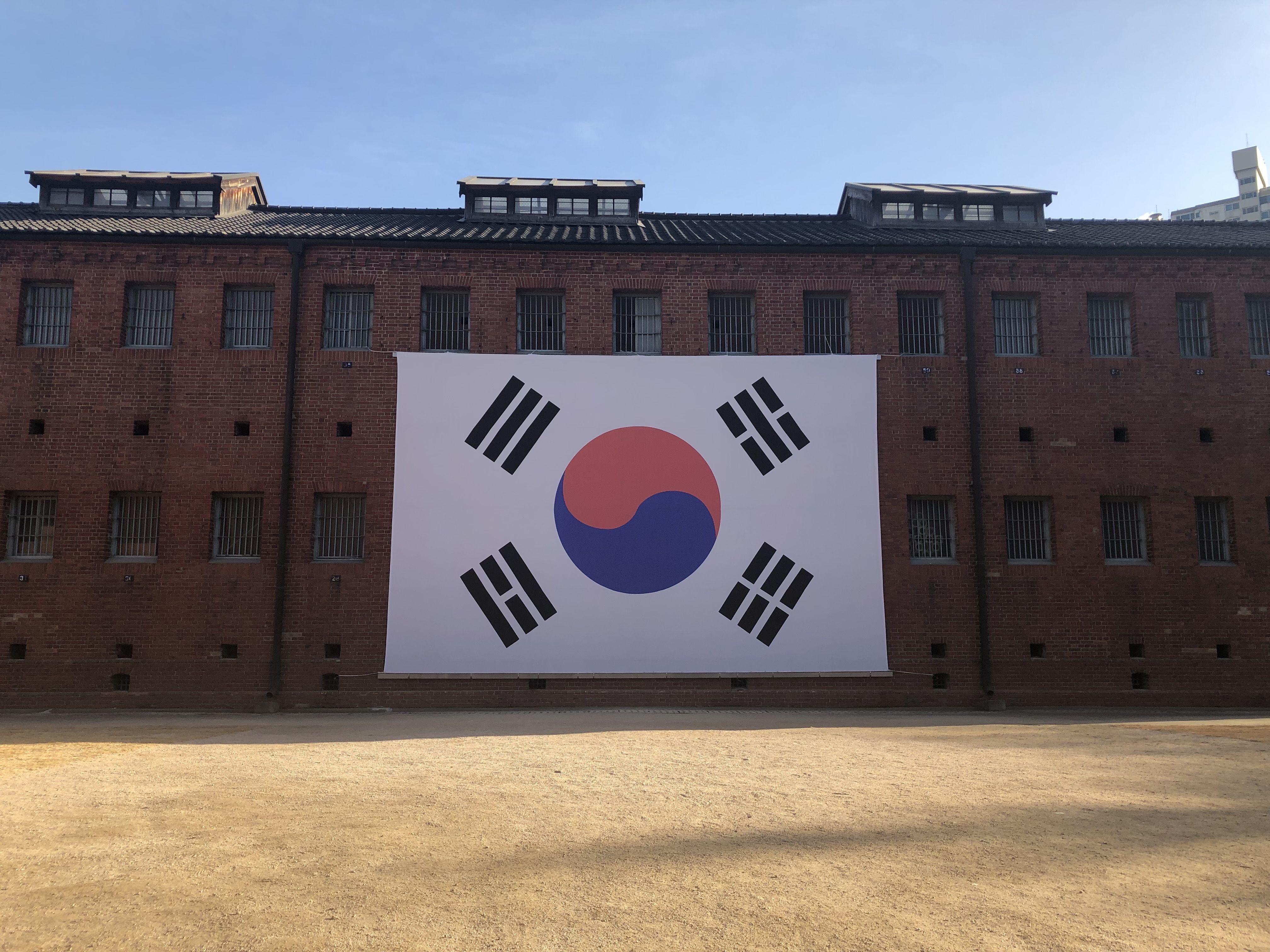
Main building of Seodaemun Prison
With this year marking the 75th anniversary of Korea's liberation from Japanese colonial rule, I recently visited Seodaemun Prison History Museum, originally named Gyeongseong Prison and later renamed Seodaemun Prison. This landmark is in Seoul's Seodaemun-gu District and was built during the Japanese colonial period to imprison, torture and execute pro-independence activists. Though it symbolizes pain, sadness, resentment and fear to Koreans, the place is now used to honor independence fighters who were detained there.
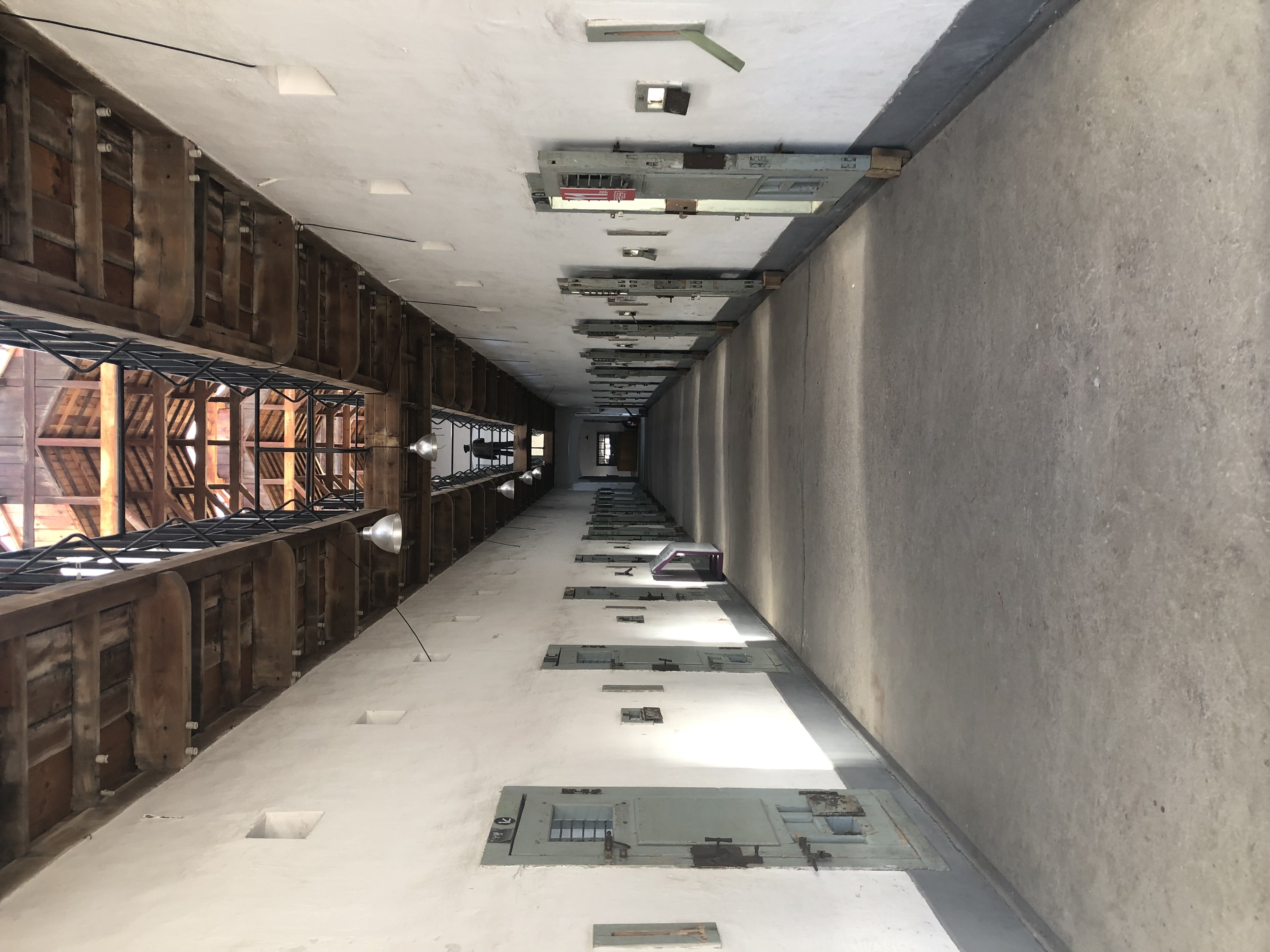
Prison hallway

Door of Cell No. 2
The prison was originally designed to hold around 500 inmates but a far larger number were crammed into it. Prison records say around 5,000 activists were detained here. Thousands of activists died due to execution or the terrible conditions there. Even after liberation, the prison continued to operate as a place of detention until its closure in 1987. Five years later, it was restored and opened to the public as a museum and exhibition hall to honor patriots who gave their lives for independence.
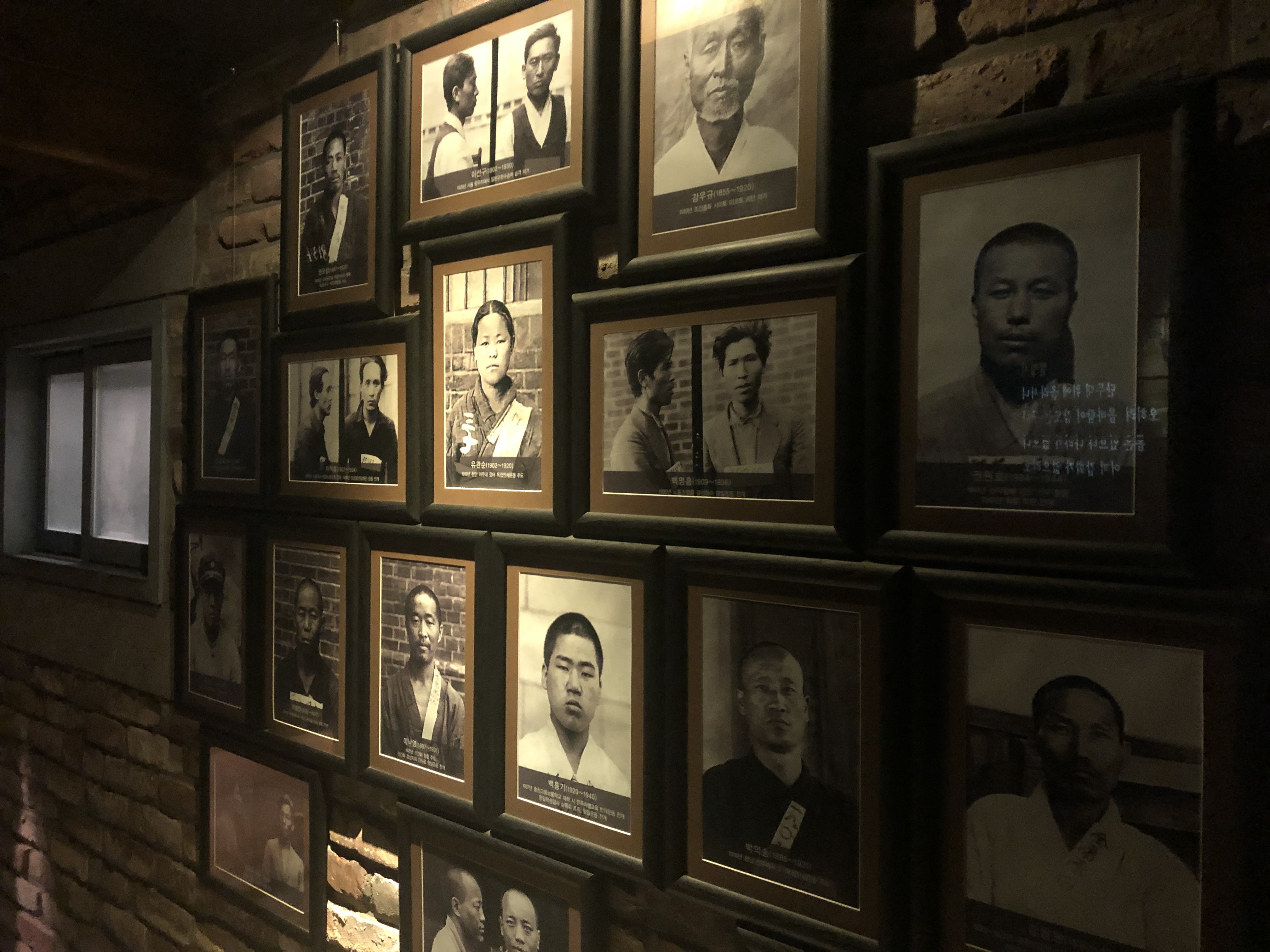
Photo of pro-independence activist and martyr Yu Gwan-sun
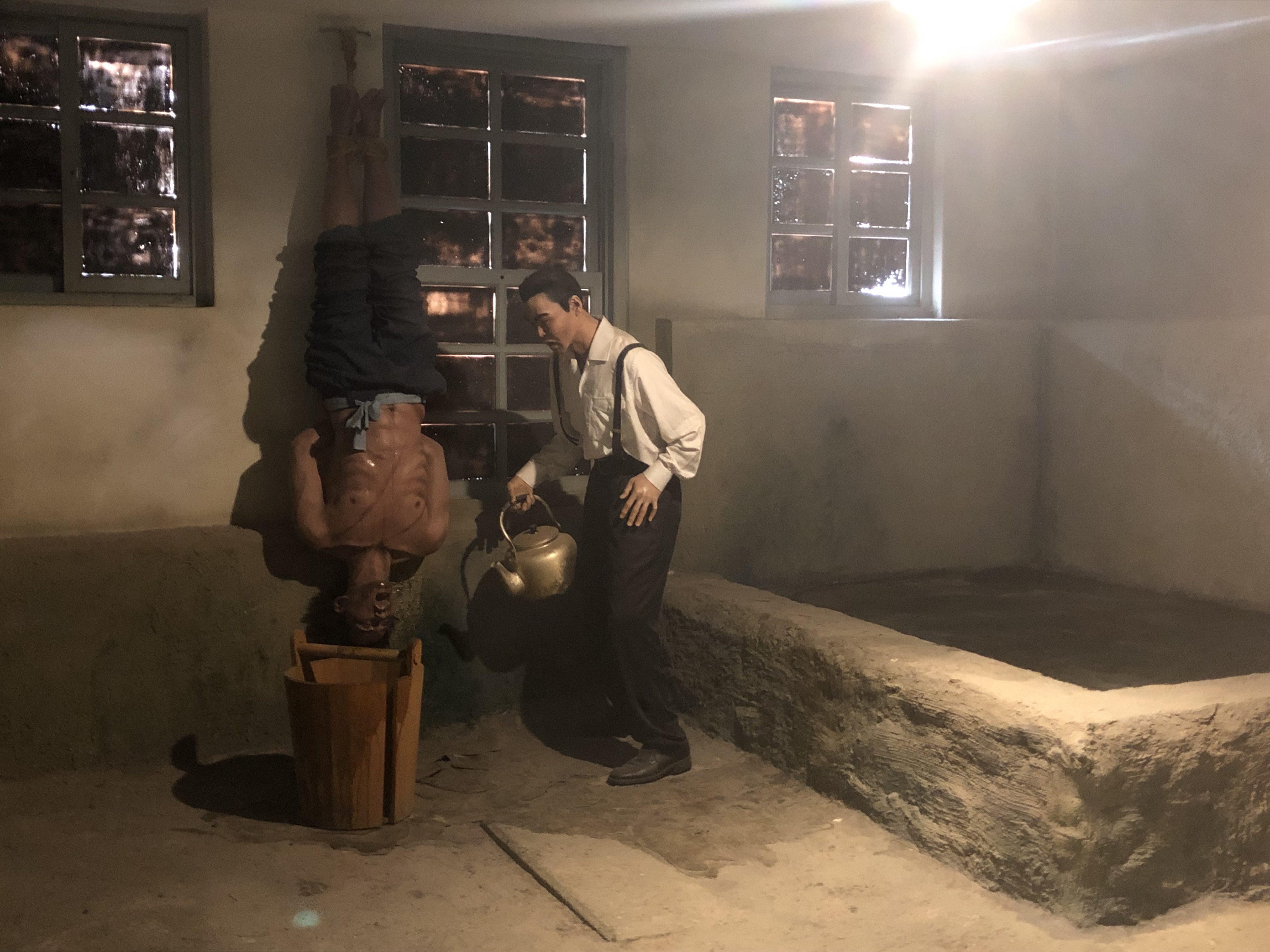
Method of colonial Japanese torture
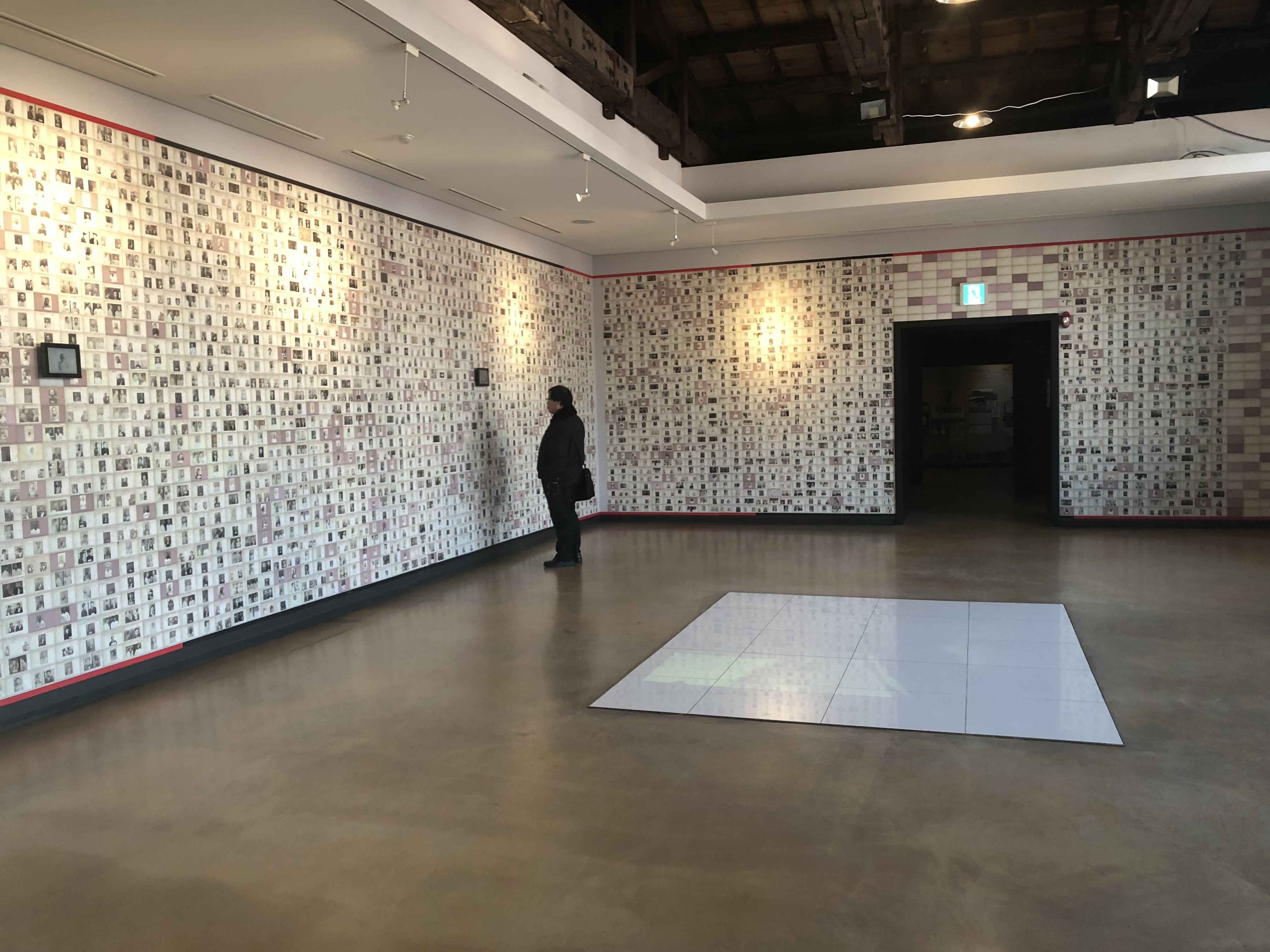
Room with photos of thousands of people who died during independence movement
The rooms in the museum offer lessons in the history of the colonial era and the independence movement in Korea. They include the central prison, jail cells, the execution room, a tunnel through which corpses were carried, a watchtower and a basement cell where Yu Gwan-sun, a teen martyr of the independence movement, was tortured and died in. An exhibition hall has the names and faces of pro-independence fighters.
A little bit away from the main building is a place that where many activists were hanged at the south corner of the prison area. Outside the building remains a poplar tree planted in 1923, the year the building was constructed. Nicknamed the "wailing poplar," the tree is said to have been grabbed by those executed who wailed with deep resentment for not seeing an independent Korea.
Korea over the years has faced adversity such as foreign occupation, war and unrest, but its desire for freedom has never wavered. National Liberation Day thus is an occasion to commemorate not just the country's independence but also the courage of those who helped regain the country's sovereignty. Though the prison reminds Koreans of painful memories, it also symbolizes the perseverance and sacrifice of those who fought for the country's freedom.
chaey0726@korea.kr
*This article is written by a Korea.net Honorary Reporter. Our group of Honorary Reporters are from all around the world, and they share with Korea.net their love and passion for all things Korean.